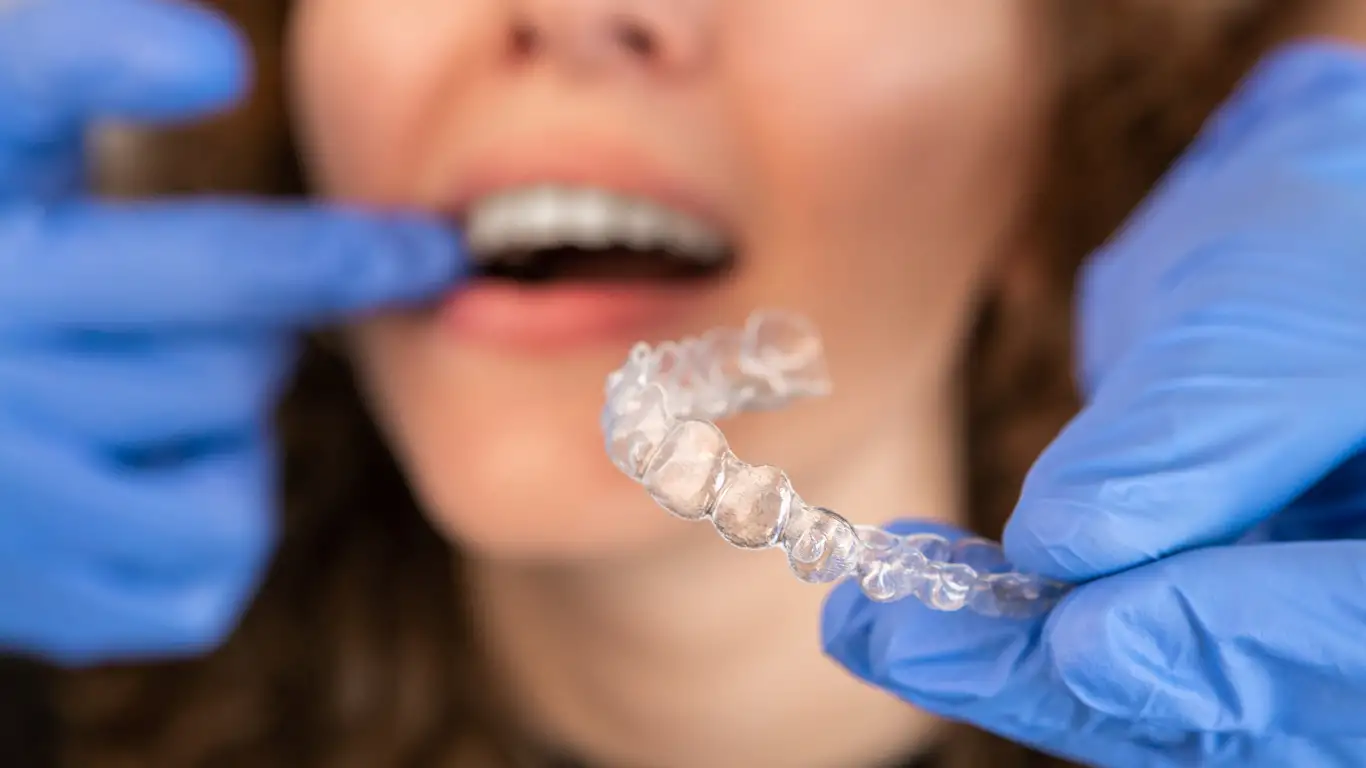Invisible Teeth Aligners: How They Work and What to Expect
Invisible teeth aligners are a clear alternative to traditional metal braces that gradually shift teeth into position using a series of custom-fitted, removable trays. They are popular for adults and teens seeking less-visible orthodontic treatment and can address mild to moderate alignment issues. This article outlines how aligners work, common dental considerations, how they relate to dentures and other restorative options, and what to expect from treatment. This article is for informational purposes only and should not be considered medical advice. Please consult a qualified healthcare professional for personalized guidance and treatment.

Teeth: Which alignment issues can be addressed?
Clear aligners are designed to correct a range of tooth-movement issues, including mild crowding, spacing, and some bite problems such as minor crossbites or shallow overbites. They work best when the underlying jaw relationships are within a treatable range; complex skeletal issues often require orthodontic appliances or surgery. A dental or orthodontic evaluation—often including X-rays or 3D scans—determines whether aligners are an appropriate option. For many patients, aligners offer predictable tooth movement when worn according to the prescribed daily schedule.
Dental: What is the typical treatment process?
The dental process for invisible aligners usually begins with a consultation and diagnostic records (photos, impressions or digital scans, and X-rays). A clinician creates a treatment plan that maps each stage of tooth movement. Patients receive a series of trays, typically changing them every one to two weeks. Regular check-ins with the dental provider—either in person or via teledentistry—help monitor progress. Good oral hygiene is essential during treatment, as aligners cover teeth for most of the day and can trap food or plaque if not cleaned properly.
Aligners: Materials, comfort, and daily use
Most aligners are made from medical-grade thermoplastic designed for transparency and durability. They are removable for eating and cleaning, which can make maintaining oral hygiene and dietary flexibility easier than with fixed braces. Some brands offer small attachments bonded to teeth to enable certain movements; others provide supplemental devices like vibration tools intended to accelerate results. Comfort typically improves after the first few days with each new tray, though temporary soreness or pressure is common as teeth shift. Follow the provider’s guidance on wear time—often 20–22 hours per day—to achieve the planned movements.
Braces: When are fixed braces preferable?
Traditional braces remain the standard for complex orthodontic cases, including significant crowding, large bite discrepancies, or severe tooth rotation. Fixed braces allow precise control of tooth movement through brackets and wires, which can be adjusted in-office. Dentures and restorative dental work also intersect with orthodontics when planning tooth movement: if a patient has crowns, bridges, or planned prosthetic work, coordination between the orthodontist and restorative dentist ensures that aligner or brace treatment complements long-term dental plans. In some cases, orthodontic treatment precedes restorative work to place teeth in optimal positions.
| Provider Name | Services Offered | Key Features/Benefits |
|---|---|---|
| Invisalign (Align Technology) | Custom clear aligners through trained orthodontists and dentists | Widely used system with in-office oversight, detailed 3D treatment planning, and support for a variety of cases |
| ClearCorrect (ClearCorrect/Straumann) | Clear aligners prescribed by dental professionals | Flexible provider network and options for different treatment timelines with professional supervision |
| SmileDirectClub | Remote teledentistry with at-home impression kits and in-person scanning centers | Direct-to-consumer model with convenience for simple cases; includes remote monitoring and customer support |
| Candid | Hybrid model with remote monitoring and some in-office partnerships | Focus on remote orthodontist oversight and a structured monitoring system for treatment progress |
| Byte | Remote aligner service with an accelerated protocol and optional oral appliance (HyperByte) | Emphasizes quicker aligner changes and a device intended to reduce discomfort and speed tooth seating |
Prices, rates, or cost estimates mentioned in this article are based on the latest available information but may change over time. Independent research is advised before making financial decisions.
Conclusion
Invisible aligners provide a discreet, often convenient option for correcting many common alignment issues, with strengths in aesthetics and daily-life flexibility. They are not universal: the choice between aligners, fixed braces, or combined dental and restorative approaches depends on individual tooth and jaw conditions, treatment goals, and professional recommendations. Discuss options with a qualified dental provider or orthodontist to determine a treatment plan tailored to your dental health and lifestyle.






